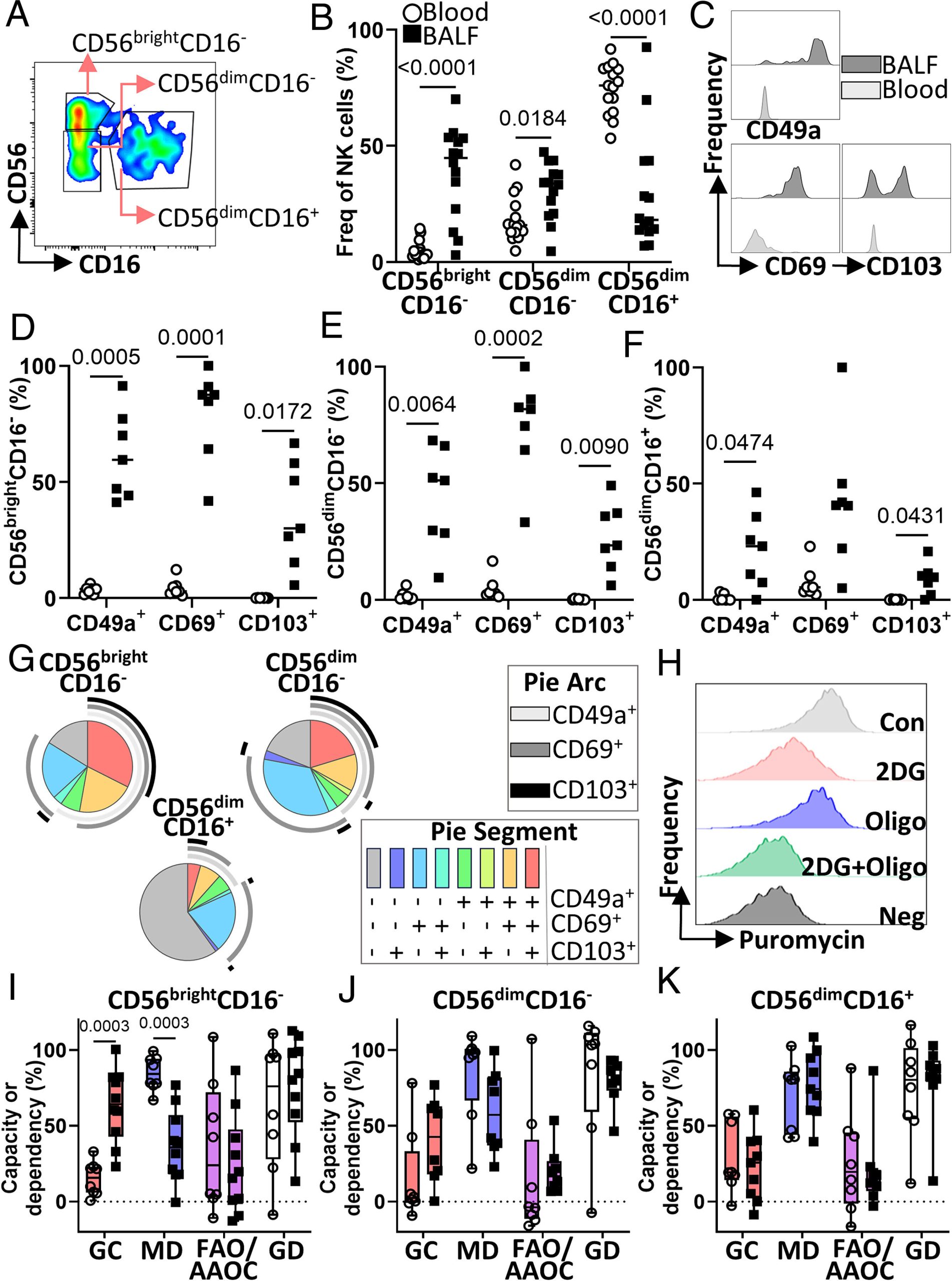
Researchers at the University of Tsukuba investigated the neural mechanisms underlying the behavioral transition from the sexually receptive estrus stage to the non-receptive phase, as part of the hormone-dependent behavioral changes during the estrous cycle in female mice. Their study uncovered a neural circuit that causes a rapid decline in sexually receptive behavior at the end of the estrus period for the first time.
The findings are published in The Journal of Neuroscience.
In social animals like mice, where females have a distinct estrous cycle, efficient reproduction relies not only on males identifying the estrous state of females and exhibiting male-specific sexual behaviors but also on females demonstrating female-specific sexual behaviors, such as acceptance or rejection of male sexual advances.
Female mice accept male approaches only on the day of estrus when they are fertile. However, the process by which females cease to exhibit this receptive behavior after estrus remains poorly understood.
The researchers hypothesized that this process is not solely determined by hormone secretion levels supporting the endocrine states of estrus but by a neural mechanism that actively promotes a decrease in sexually receptive behavior.
As a candidate for this brain mechanism, they focused on estrogen receptor beta-positive neurons, which are widely distributed in the dorsal raphe nucleus of the midbrain (DRN-ERβ+ cells).
Using pharmacogenetic techniques to suppress the neural activity of DRN-ERβ+ cells, the researchers found that female mice maintained high sexual receptivity even the day after estrus, similar to their behavior during estrus. Additionally, examination of the neural activity of DRN-ERβ+ cells in female mice revealed that these cells responded more strongly to male sexual approaches on the day after estrus compared to the day of estrus, despite a decline in receptive behavior.
The researchers also confirmed that DRN-ERβ+ cells send neuronal projections to and alter the activity of several brain regions controlling receptive behavior in female mice.
The study concludes that a neural circuit originating from DRN-ERβ+ cells is one of the mechanisms suppressing receptive behavior at the end of the estrus phase during the estrous cycle.
More information:
Tomoaki Murakawa et al, Estrous cycle-dependent modulation of sexual receptivity in female mice by estrogen receptor beta-expressing cells in the dorsal raphe nucleus, The Journal of Neuroscience (2024). DOI: 10.1523/JNEUROSCI.1137-24.2024
Citation:
Scientists reveal neural circuit linked to sexual behavior in female mice (2024, October 15)
retrieved 16 October 2024
from https://medicalxpress.com/news/2024-10-scientists-reveal-neural-circuit-linked.html
This document is subject to copyright. Apart from any fair dealing for the purpose of private study or research, no
part may be reproduced without the written permission. The content is provided for information purposes only.


